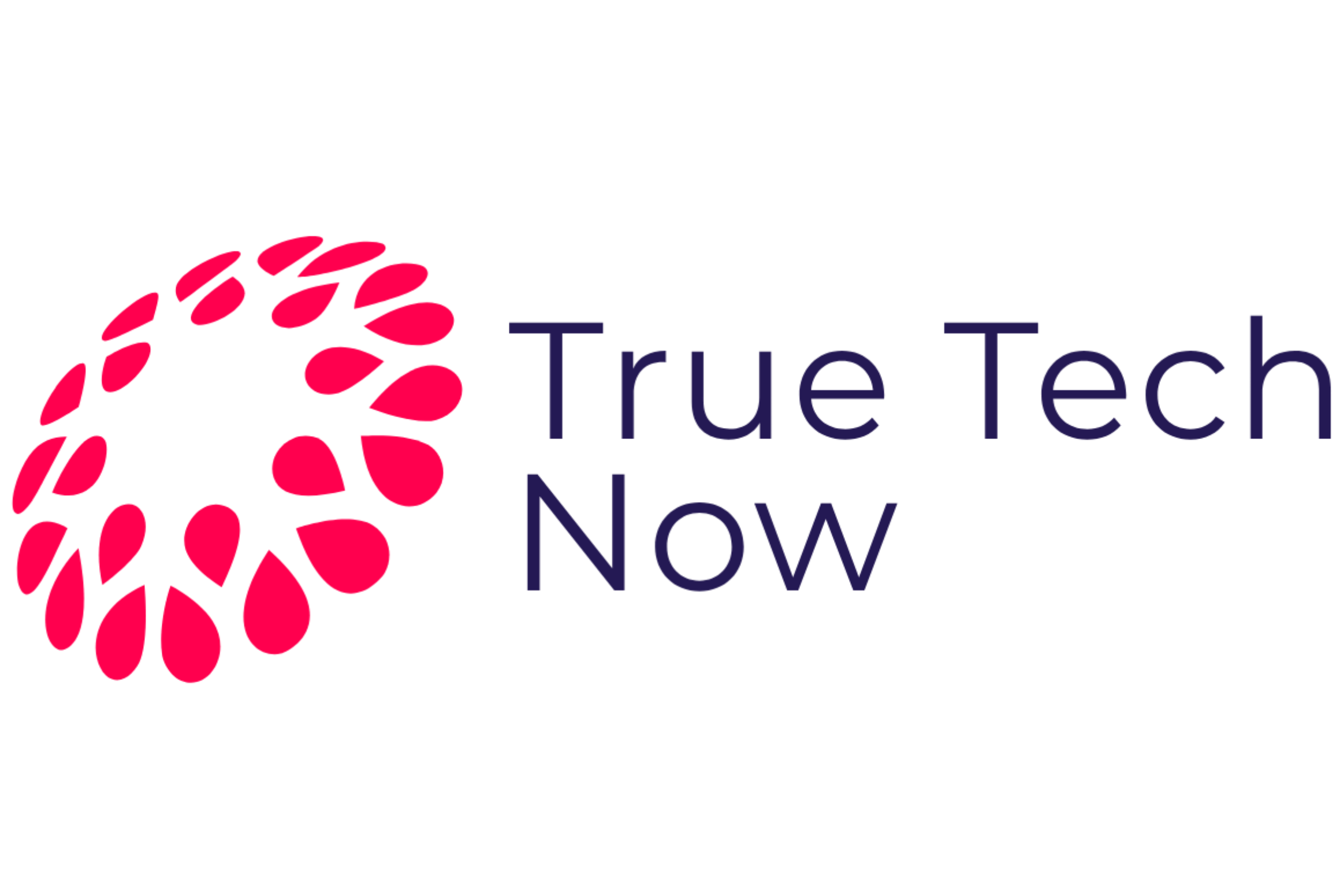Online Anxiety Treatment: Effective Strategies for Managing Symptoms Remotely

Online anxiety treatment offers a convenient and accessible way for individuals to manage and overcome anxiety disorders. With the rise of telehealth services, many people are finding effective strategies and support from the comfort of their own homes. This method not only breaks geographical barriers but also provides anonymity, which can encourage more individuals to seek help.
As technology advances, a variety of online resources are now available, including therapy apps, virtual counseling sessions, and self-help programs. These options cater to different preferences and needs, allowing users to choose a type of treatment that suits them best. Online platforms often feature trained professionals who can deliver targeted interventions and support.
For those hesitant about traditional therapy, online options can be a less intimidating alternative. By integrating flexibility and personalized approaches, online anxiety treatment may play a pivotal role in reducing symptoms and enhancing overall well-being.
Understanding Online Anxiety Treatment
Online anxiety treatment encompasses various methods designed to help individuals manage anxiety disorders through the internet. This approach offers accessibility and flexibility, allowing patients to seek help from the comfort of their home.
Types of Online Anxiety Treatment
Several types of online anxiety treatment are available. One popular option is cognitive-behavioral therapy (CBT), which focuses on identifying and changing negative thought patterns. This method can be delivered via video sessions or through dedicated online platforms.
Another approach is self-guided therapy, where individuals use online resources, such as workbooks or apps, to navigate their treatment. This can be particularly appealing for those who prefer a more autonomous experience.
Additionally, group therapy or support forums provide a platform for individuals to share experiences and coping strategies. These formats foster a sense of community while reducing feelings of isolation.
Effectiveness of Online Therapy
Research shows that online therapy can be as effective as traditional in-person therapy for treating anxiety. Various studies indicate improvements in anxiety symptoms and overall mental health after participating in online sessions.
Factors influencing effectiveness include the therapist’s qualifications, the treatment modality used, and the individual’s commitment to the process.
Online therapy is often designed to be interactive, providing tools and techniques that individuals can apply in real time. This immediacy can enhance coping strategies and promote a quicker response to anxiety triggers.
Advantages of Choosing Online Treatment
Online treatment offers numerous advantages. Convenience is a primary benefit, as individuals can schedule sessions without the need for travel. This flexibility often leads to increased attendance and commitment.
Cost-effectiveness is another key factor. Many online therapy options are less expensive than traditional therapy. Reduced overhead costs for providers can translate to lower fees for patients.
Additionally, the anonymity provided by online platforms may encourage those who are hesitant to seek help in person. This can lead to a higher likelihood of individuals accessing necessary treatment and support.
Implementing Online Treatments
Implementing online anxiety treatment involves specific steps to ensure effectiveness and accessibility. From initiating therapy to maximizing each session, the approach should be systematic and informed by best practices.
Getting Started with Online Therapy
To begin online therapy, individuals need to select a suitable platform. Research options like BetterHelp, Talkspace, or local providers offering telehealth services. Verify their credentials and read reviews.
Once a platform is chosen, the next step involves creating an account and completing an intake form. This form typically gathers necessary information regarding the individual’s mental health history, current concerns, and therapy goals.
Scheduling the first session requires choosing a time that accommodates both the therapist and the client. Ensure a stable internet connection and a quiet environment to minimize distractions. Preparing for the first session can include setting personal goals and noting specific issues to address.
Best Practices in Online Treatment Sessions
During online sessions, it is crucial to maintain clear communication. Clients should speak openly about their feelings and thoughts. Therapists often utilize active listening techniques to demonstrate empathy and understanding.
To enhance engagement, using video calls rather than audio-only calls is recommended. This allows for better visual cues and emotional connection. If video is not possible, clients should consider using a headset to improve audio quality.
Establishing boundaries is also vital. Clients can set aside dedicated time for therapy, ensuring they are free from interruptions. Keeping a journal to document progress and reflections between sessions can be beneficial.
Regularly reviewing goals with the therapist supports accountability and progress tracking. Flexibility in scheduling allows for adjustments based on what works best for the client’s circumstances.






